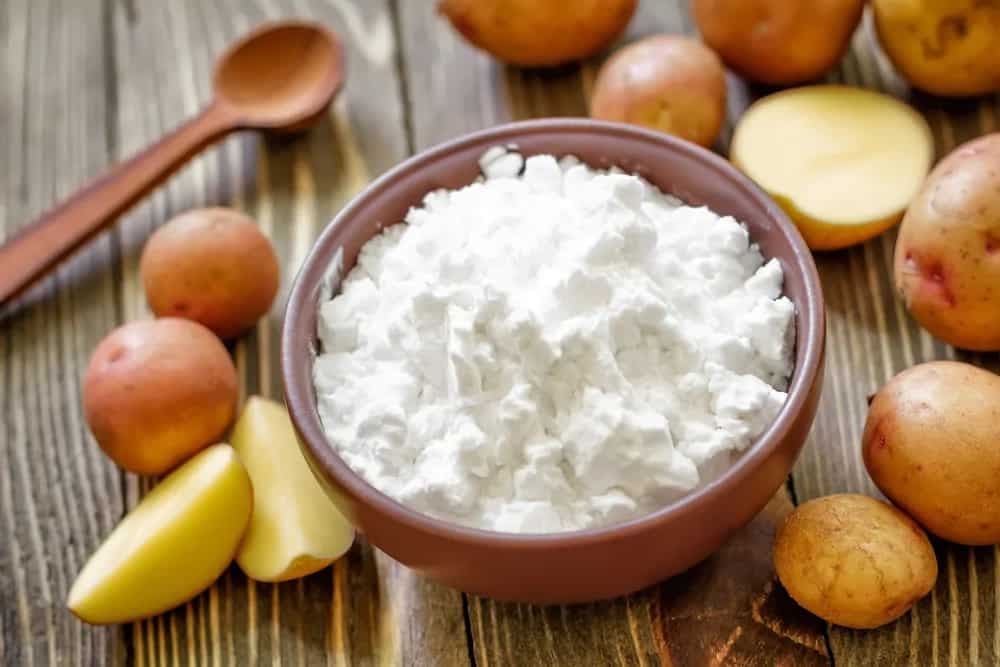In spite of the fact that potato starch and flour are likely familiar to those following a gluten-free diet, they actually have a lot more uses than are initially apparent. The first is the key to incredibly crisp, deep-fried dishes, and the second is to yeast breads that keep for a long time. Before you visit the baking aisle, read the following information.
Potato Starch
Peeled and washed raw potatoes are the basis for potato starch. The starch is removed from the potatoes using swift technology, and the potatoes are subsequently dried. The end product is an extremely fine, white powder that resembles cornstarch. In addition, processed potato dishes like French fries and even potato chips may produce potato starch as a byproduct.
Uses
Potato starch can be used in the same ways as cornstarch to thicken sauces, fruit pie fillings, and soups. This makes it a fantastic alternative to cornstarch. It can withstand high temperatures and produces a crispier outcome, so use it in place of cornstarch when deep-frying meals. Use it to dust the counter when rolling fondant or dough to prevent the counter from becoming sticky when rolling dinner rolls.

Potato Flour
While both potato flour and potato starch are made from whole potatoes, this is the only similarity between the two. The potatoes are prepared into a fine powder, dried, and pulverised. The outcome is a powder that is beiger in hue and resembles whole-wheat flour in appearance. Of course, potato flour has considerably more nutritional value than potato starch. In addition, it's high in fibre, protein, vitamins, and minerals, making it a healthier, gluten-free substitute for wheat flour. It does taste more like potatoes than potato starch does.
Uses
For gluten-free baking, potato flour can be used with other types of flour (such rice flour). However, as it absorbs a lot of moisture, using it as the only flour might lead to too dense, gummy baked goods. However, the strength of potato flour lies in its capacity to absorb moisture: A tiny amount can be added to yeast bread to help keep it fresh. Potato flour functions well as a thickening or binding agent, just like other types of flour. You'll obtain a crispier finish than you would with wheat flour if you use it in breading meat. Additionally, it can aid in enhancing the flavour of potatoes in foods that contain them, such as potato rolls.
Furthermore, they are not interchangeable. The only exception is that potato starch can be used in place of potato flour if you're using it to keep yeast bread fresh longer. However, the ratio is not 1:1. You should use somewhat less potato starch than flour (a 34:1 ratio of potato starch to potato flour) because potato flour is largely starch but not entirely. If not, we'll discuss some better alternatives to potato starch and flour below.
Substitutes
Use one tablespoon of cornstarch for every one tablespoon of potato starch when making a paste. One tablespoon of potato starch can be substituted with two tablespoons of tapioca starch. For every tablespoon of potato starch, one tablespoon of arrowroot powder should be used.
The most effective alternative to potato flour will be potato flakes, which are essentially potato flour that hasn't been processed as finely. Either incorporate it into the baking batter as is, or process it into a fine powder using a blender or food processor. A 1:1 ratio of potato flakes to potato flour can be used as a replacement.


